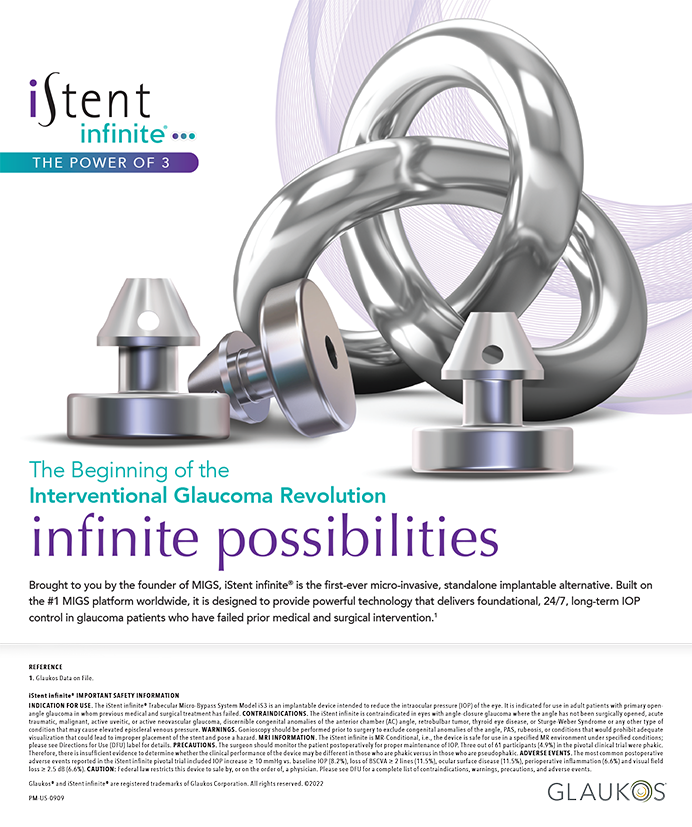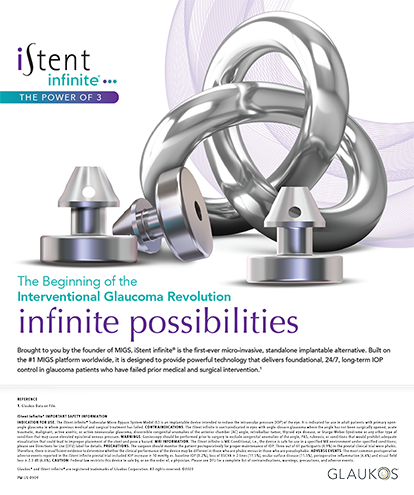In 2014, the Affordable Care Act (ACA) will not have much effect on ophthalmic surgeons, at least not as much as the Obama administration had hoped. Why? There have been massive problems with the implementation of the most complex piece of US social legislation in 48 years. This article discusses some of the goals of the ACA and why its impact is less than anticipated. Some of the law’s major goals are to broaden insurance coverage, lower costs, improve quality, promote comparative effectiveness, and transition away from fee-for-service Medicare payments to bundled payments and greater integration of health care services.
BROADER COVERAGE
An estimated additional 33+ million Americans were to have health care coverage this year. The ACA included an employer mandate to provide employees with coverage that has a defined benefit level in 2014. Unfortunately, the regulations were so complex—involving the integration of information from employers, individuals, and the Internal Revenue Service—that a kerfuffle arose. In July 2013, the President announced a 1-year delay in this mandate’s implementation.
The individual mandate to purchase insurance by this year, however, remains in place. Because the progressive wing of the Democratic party insisted on minimal penalties for noncompliance, the premium costs far exceed the penalties, so a fit 27-year-old would be insane to buy health insurance. Low penalties coupled with the disastrous rollout of the critical website Healthcare.gov will lead to fewer young, healthy folks’ enrolling in plans. Insurers will try to protect their profit margins by mandating very high deductibles. This situation will raise costs for group insurance and for those obtaining individual insurance through the state insurance exchanges.
This year, ophthalmologists can expect an influx of patients into Medicaid or low-paying plans with very high deductibles purchased by individuals through state exchanges. About 22 million will be patients of color with higher rates of glaucoma, according to the Kaiser Family Foundation. How will physicians take care of these patients without regulatory relief to treat and observe them remotely? Plans with a high deductible will probably leave practices with collection problems and may prompt patients not to seek care they need.
LOWER COSTS
Unfortunately, costs will rise owing to distortion in the marketplace from the inclusion of all patients irrespective of insurance risk and a lower number of healthy, young enrollees than estimated in the ACA. The result will be pricing pressure on both private and public physician payments.
COMPARATIVE EFFECTIVENESS
The ACA mandated and funded with $1 billion the formation of the Patient Centered Outcomes Research Institute (PCORI). A great idea? Perhaps in concept, but the results have been disappointing. The PCORI’s first 2 years were spent on grants to define “patient-centered” research. Thus far, the ophthalmic community has had little opportunity to obtain PCORI funding to address meaningful questions on the comparative efficacy of various treatments for glaucoma. The ACA mandated that costs cannot be considered in the evaluation of research proposals—a victory for industry.
NEW PAYMENT MODELS
With $11 billion, the ACA established the Center for Medicare and Medicaid Innovation (CMMI) in hopes of stimulating and funding new payment models. Examples include
- a multipayer Medical Home model
- bundled payments for episodes of care based on hospital interventions
- Accountable Care Organizations (ACOs)
- challenge grants for the development of problematic care models
None of these has been successful due to problems of design and implementation and the lack of input from professionals knowledgeable about the provision of care (eg, professional societies). A reevaluation of the CMMI’s design is underway.
The CMMI and new payment models will have little to no impact on ophthalmologists this year. Unless employed ACO physicians, ophthalmologists will continue to be paid a fee for service directly by the Centers for Medicare & Medicaid Services even if the patient is part of an ACO. The opportunity to engage the ophthalmic community in a program of bundled payments for chronic open-angle glaucoma was excluded by the CMMI’s emphasis on hospital-based interventions and the complexity of designing a risk-adjusted episode of glaucoma care.
IMPROVED QUALITY
This is the one area in which regulatory changes will dramatically affect the ophthalmic profession this year and beyond. Instituted by the Bush administration, the move to value-based purchasing will expand greatly. Value can be defined as the relationship between improved quality and the resources expended to achieve it.
Ophthalmologists will face penalties of between 5% and 7% of their gross Medicare payments in 2016 and in every successive year if they fail to meet the requirements of the Physician Quality Reporting System (PQRS) and regarding the meaningful use of electronic health records based on 2014 visits. To avoid penalties from the PQRS, meaningful use, and the Value-Based Payment Modifier, physicians may have to successfully report on nine quality measures and ensure that they are not “outliers” in their use of resources. It is hard to imagine achieving quality reporting using Medicare claims.
The ophthalmic community has designed and implemented a new clinical registry, Intelligent Research in Sight, that will enable ophthalmologists to improve their outcomes, evaluate the impact of new interventions on chronic eye disease, and meet reporting requirements of phase IV Maintenance of Certification, PQRS, and the Value-Based Payment Modifier. Intelligent Research in Sight will be the first registry that can examine patients’ care longitudinally and evaluate the impact of intervention, both surgical and pharmacologic, on the natural course of disease in addition to facilitating practitioners’ compliance with new, complex quality reporting.
SUMMARY
The most important piece of social legislation since the enactment of Medicare in 1963 will have little effect on ophthalmologists this year. What the future holds is unclear.
This article was adapted with permission from Glaucoma Today’s January/February 2014 edition.
William L. Rich III, MD, is a senior partner at Northern Virginia Ophthalmology Associates. Dr. Rich may be reached at hyasxa@aol.com.


